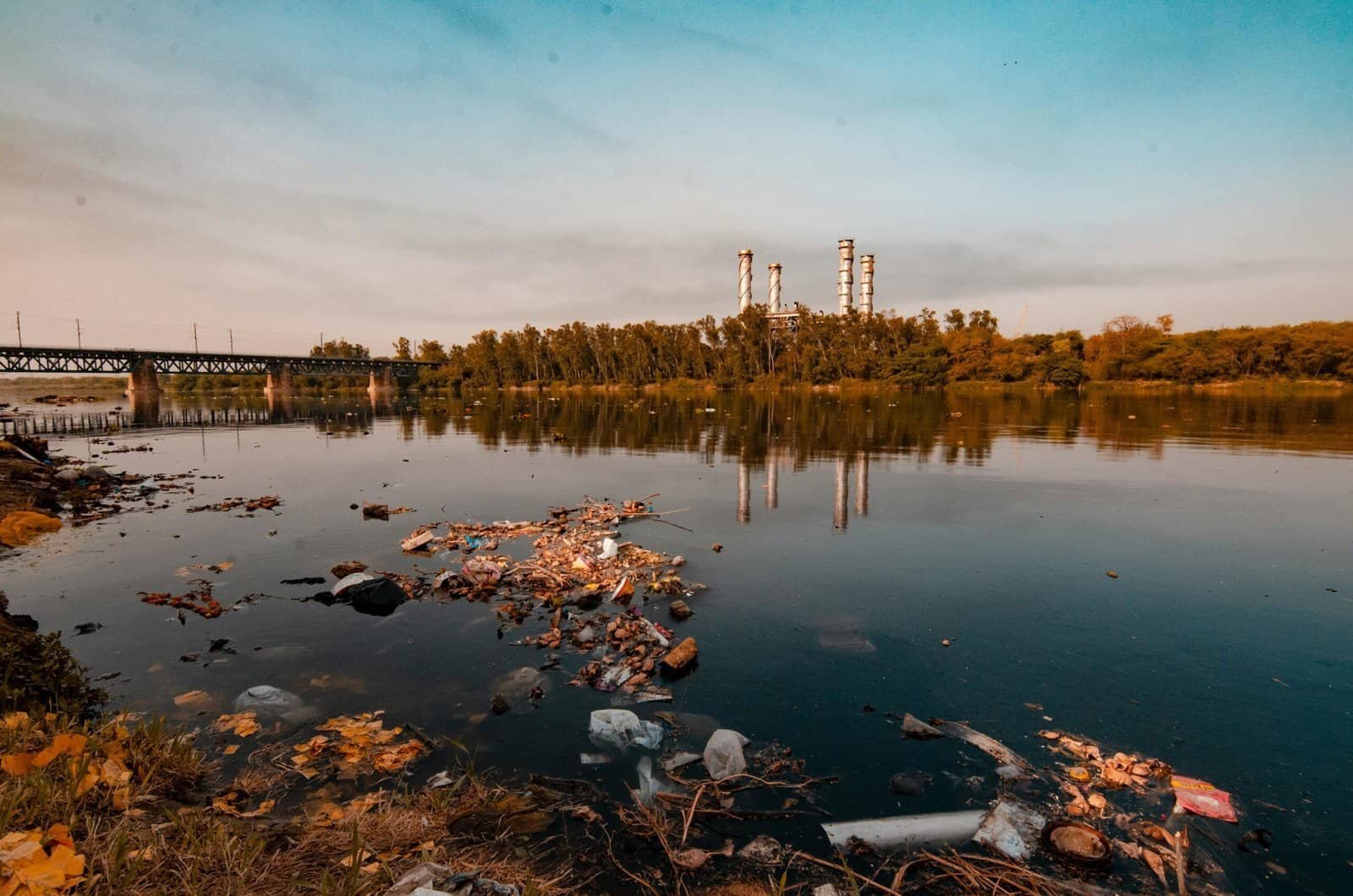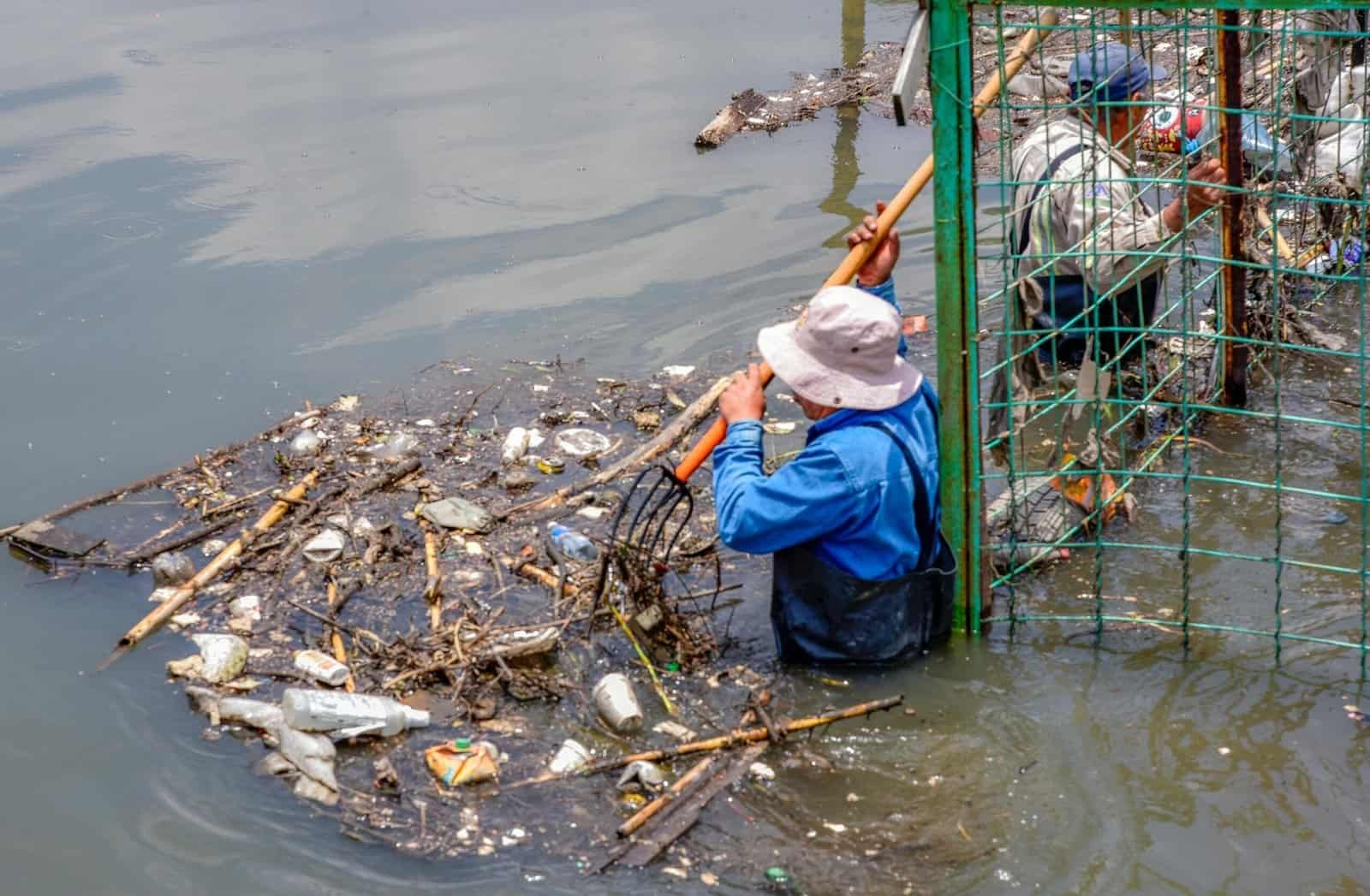Have you ever wondered how a simple system like a septic tank could become a source of environmental concern, specifically relating to biological contamination? Whether you use one or not, understanding the mechanics and potential drawbacks associated with septic systems could shed light on important environmental and health issues.
Understanding Septic Systems
Septic systems are commonplace in rural areas, serving as a necessary waste management solution for homes not connected to centralized sewage systems. These systems are designed to treat and dispose of wastewater underground. Each septic system typically consists of a septic tank and a drainfield (also known as a leach field).
How It Works
Your household’s wastewater travels through pipes into a septic tank, a buried watertight container. Here, solids settle to the bottom of the tank, and scum—composed of oils and grease—floats to the top. The liquid in between, known as effluent, moves into the drainfield, where it seeps into the soil for further treatment.
The Natural Process
In a well-functioning septic system, bacteria play a vital role by breaking down solid waste. These microorganisms ensure the effluent reaching the surrounding soil is clean enough not to harm the environment.
What is Septic Failure?
Septic failure occurs when a septic system becomes inefficient or inoperable. This breakdown can happen for various reasons, including clogging, ground saturation, or structural damage. Understanding these factors is crucial in preventing failures and their associated risks.
Signs of Septic Failure
One of your first indicators of septic system failure might be unpleasant odors around your property. It may also manifest as slow draining sinks, toilets, or repeated septic tank overflows. Observing standing water near the drainfield area is another prominent signal of trouble. Knowing these signs can help you take early action.
Common Causes
Failing to maintain your septic system is often the root cause of its failure. Regular pumping of the septic tank is essential to remove buildup of solids and prevent clogging. Inappropriate disposal of non-biodegradable items or chemicals can also disrupt the biological processes within the tank. Tree roots invading the septic components or vehicles driving over the drainfield can cause physical damage.

Biological Contamination Explained
Biological contamination refers to the presence of harmful microorganisms, including bacteria, viruses, and parasites, in the environment. These contaminants can enter water sources, posing serious health threats to humans and wildlife alike.
Contaminant Types
- Bacteria: Pathogens such as E. coli and Salmonella can cause severe gastrointestinal issues.
- Viruses: Noroviruses and rotaviruses, commonly found in sewage, provoke stomach and intestinal infections.
- Parasites: Organisms like Giardia and Cryptosporidium can lead to prolonged illnesses.
Health Implications
Exposure to these contaminants via drinking water, recreational water activities, or consumption of contaminated food can lead to anything from mild gastrointestinal discomfort to severe, life-threatening illnesses. Understanding what you’re up against can help emphasize the importance of maintaining a functional septic system.
The Connection Between Septic Failure and Biological Contamination
Septic system failure is a direct pathway for biological contaminants to infiltrate surrounding areas. Here’s how this process unfolds:
Pathway of Contaminants
When a septic system fails, untreated wastewater containing microorganisms can leak into the soil. If the drainfield is saturated or damaged, these pathogens can travel further, eventually reaching groundwater sources that supply drinking water.
Environmental Impact
The leakage of contaminated water from failed septic systems can adversely affect local ecosystems. Aquatic life becomes endangered as pollutants decrease oxygen levels in water bodies. Additionally, nutrient-rich effluent can provoke harmful algal blooms that further disrupt aquatic environments.

Prevention and Maintenance Strategies
Proper management and maintenance of septic systems are essential to avert failures and subsequent biological contamination.
Regular Inspections
Routine inspections can help identify potential problems before they escalate into significant failures. Specialists can check the integrity of your septic tank and drainfield, ensuring they operate efficiently and safely.
Scheduled Pumping
Regularly scheduled pumping every 3 to 5 years, depending on the tank’s size and household usage, is essential. This process clears out the debris that could otherwise clog the system.
Mindful Usage
Avoid flushing non-biodegradable items, oils, and excessive amounts of chemicals down the drain. These can disrupt the biological processing within the tank, leading to an increased risk of failure.
Protect the Drainfield
Prevent driving or heavy equipment parking over the drainfield. Root invasions should be monitored, and trees planted at a safe distance.
Use Water Wisely
Overloading the septic system with excessive water can push solids into the drainfield, leading to clogs. Spread out laundry over the week, and consider installing water-saving fixtures to prevent overloads.
Legislative Measures and Community Actions
Authorities can play a significant role in managing septic systems at a community level. This can be achieved through regulations and public education programs.
Regulations
Stringent regulations regarding the installation and maintenance of septic systems can ensure that they are built correctly and maintained consistently.
Public Education
Educating the public about the signs of septic failure and its consequences can prompt more proactive maintenance. Community campaigns highlighting the importance of septic system stewardship can foster collective environmental responsibility.
Financial Assistance Programs
Some regions offer financial assistance or tax incentives for homeowners to upgrade older septic systems to modern, environmentally-friendly options. Such initiatives can be pivotal in reducing biological contamination at a larger scale.

Conclusion
Maintaining a healthy septic system is vital not only for your property but for the broader environment. Understanding how septic failure contributes to biological contamination can empower you to take the necessary steps in prevention and maintenance. By ensuring the proper functioning of your septic system, you protect water quality, safeguard health, and preserve local ecosystems. With diligent care and awareness, you become part of the solution in managing biological contamination risk.

